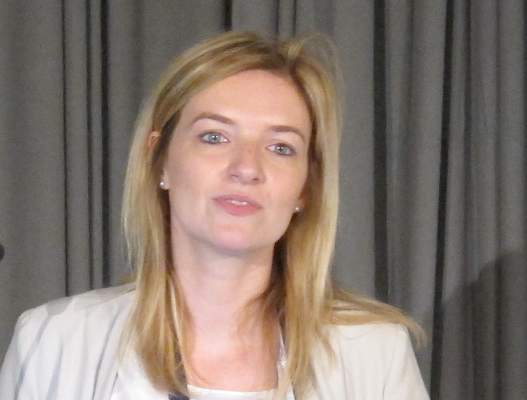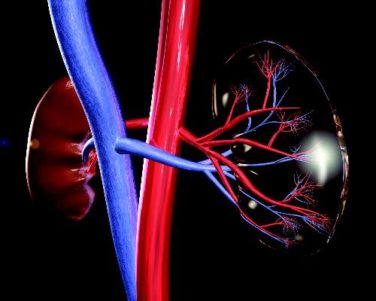At THE EHA CONGRESS
Copenhagen (FRONTLINE MEDICAL NEWS) – Investigators in Italy have found that a recently identified form of inherited thrombocytopenia related to mutations in the gene ETV6 (ETV6-RT) appears to be largely asymptomatic, but puts patients at significantly increased risk for hematologic malignancies, particularly childhood B-cell acute lymphoblastic leukemia (ALL).
“When we are talking about ETV6-related thrombocytopenia patients, we must pay more attention to this hidden but very dangerous risk of developing blood cancer – so that we can define prognosis and plan a personalized follow-up – [rather] than to bleeding complications, which are rare and usually do not affect the quality of life,” said Dr. Federica Melazzini from the University of Pavia, Italy.
At a briefing at the annual congress of the European Hematology Association, Dr. Melazzini described a prospective study of the clinical and laboratory features of the newly identified disorder, with a focus on its association with hematologic cancers.
They enrolled 130 unrelated consecutive patients with inherited thrombocytopenias (IT) who did not have definitive diagnoses because they did exhibit criteria for any of the known forms of IT.
The investigators used whole exome sequencing or Sanger sequencing to look for mutations in ETV6, and when a mutation was identified, all available relatives of the affected participant (proband) also were evaluated. The authors also included data on five patients from two families known to have ETV6-RT from previous studies.
The participants were evaluated with complete blood counts, platelet sizing, flow cytometry studies of platelet membrane glycoproteins, as well as platelet aggregation, activation, adhesion and spreading. Other evaluations included differentiation of human megakaryocytes, morphological analysis of megakaryocytes, megakaryocytes flow cytometry, and evaluation of pro-platelet formation by megakaryocytes differentiated in vitro.
The investigators identified a total of 20 patients from 7 families bearing 5 different mutations in ETV6. Although these patients had only mild thrombocytopenias and a low bleeding tendency, 4 of the 20 had childhood ALL, supporting the association between ETV6 mutations and early leukemic transformation.
This translated into an incidence rate for hematologic malignancies of nearly 1 in 100 persons per year, compared with 1 in 10,000 per year in the general population, Dr. Melazzini said.
The investigators also noted that one patient developed Janus kinase 2 (JAK2)-positive polycythemia vera at age 37 years, “suggesting that this disease should be added to the list of malignancies to which the ETV6-RT predisposes.”
Dr. Melazzini said that clinicians should suspect ETV6-RT when a patient presents with an autosomal inherited thrombocytopenia without platelet macrocytosis, and should confirm the diagnosis with genetic analysis.
Patients also should be followed with whole blood cell counts and peripheral blood smear evaluations every 6-12 months, she recommended.
Dr Anton Hagenbeek, professor of hematology at the University of Amsterdam, who moderated the briefing but was not involved in the study, asked how clinicians should communicate the increased risk of hematologic malignancies to the patients.
Dr. Melazzini replied that patients need counseling about the risks of developing ALL or of passing on the trait if they plan to have children. Additionally, if patients develop ALL, the family should be cautioned against using a related donor for any allogeneic stem cell transplants, she said.
The study funding source was not disclosed. Dr. Melazzini and Dr. Hagenbeek reported no relevant disclosures.
hematologynews@frontlinemedcom.com




